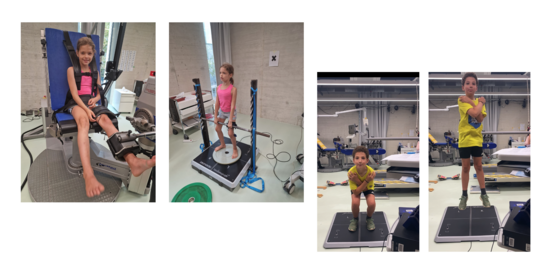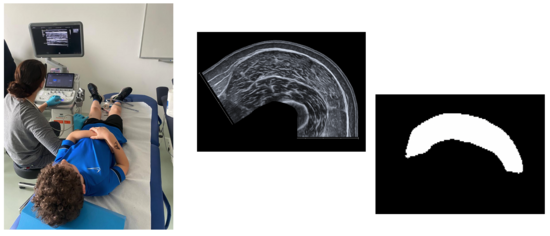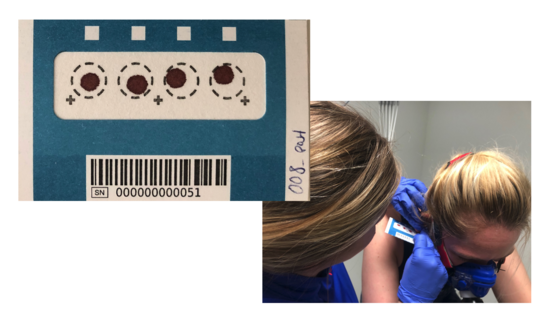Study design

FAM = Familarization; here we practice the measurement methods and check their reliability
PRE = Pre-intervention: here we record the state BEFORE the intervention.
MID = Middle: not quite in the middle, but 4 weeks after the start of training we look at the first adaptations
POST = Post-intervention: the adaptations through training compared to the control group are recorded
FU1 = Follow-up 1: Follow-up over 9 months to check sustainability
FU2 = Follow-up 2: Follow-up over 18 months is used to check sustainability
The study is randomized-controlled and blinded for the measuring personnel. This means that the children are randomly assigned to the intervention (training) or control group after PRE. Either way, the children have 6 measurement times (FAM, PRE, MID, POST, FU1, FU2). In addition, one training session is completed at the beginning and one at the end of the study period for both groups, during which we measure acute blood changes (blood drop symbol).
Measurements
All 6 measurement times are identical and last approx. 1.5 hours each. The following test battery is completed:
Maximum/explosive force

Maximum and explosive strength is measured in dynamics and statics with various exercises.
Neuromuscular activation

Strength endurance & fatigue

In the same setting as described above, we test how resistant the children are to fatigue. Maximum contractions of the thigh muscles are repeated until the strength decreases. With additional impulses from the magnetic coil, we can differentiate between central (brain, spinal cord) and peripheral (muscle/nerve) fatigue mechanisms.
Muscle structure & size

Ultrasound images are used to determine the size and architectural structure of the thigh muscles.
Hormone analyses using dried blood spots

We take blood samples (<1 mL) on each of the measurement dates in the laboratory as well as in the corresponding 2 training sessions. We take 4 drops of blood on a filter paper with a minimal prick in the earlobe (method: dried blood spots). The sex and growth hormones as well as stress indicators (growth hormone, insulin-like growth factor-1, cortisol, testosterone, progesterone) help us to understand how the body reacts to training and growth and what the status is at rest.
